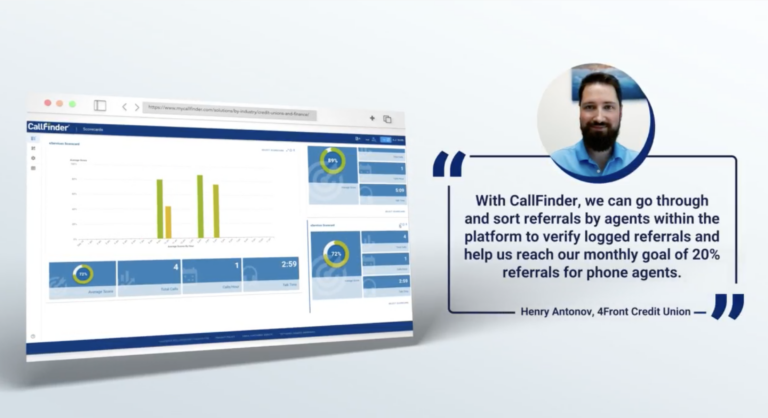
Last week, we discussed how the COVID-19 pandemic has impacted the customer experience, and we briefly addressed its effect on contact centers. In this article, we take a closer look at how contact center agents are adjusting to meet customer expectations. More specifically, we will discuss how to manage contact center agents during the COVID-19 pandemic.
With most agents working from home, many contact centers have made significant adjustments in terms of both agent supervision and compliance adherence to remain operational. But centers that lack the right tools and training for WFH agents may see KPIs such as Average Handle Time, First Call Resolution, and Customer Experience be negatively affected. Here are a couple of ways successful call centers have managed to weather this storm and remain strong.
Implement Cloud-Based Technology
Most employees feel that working from home makes them more productive, and the right tools can increase that productivity. But while many companies had a work from home plan for some contact center agents, they were not prepared to manage all agents working from home. And those companies that had no work from home strategy were especially hit hard. And they found themselves trying to manage a huge backlog of unanswered customer calls.
Some of these contact centers were forced to close, but others have persevered by discovering the benefits of new tools, such as cloud-based contact center technology. This technology makes it far easier for agents to stay on top of incoming calls. As a result, customers didn’t have to wait for assistance. Ultimately, this helps reduce customer churn.
Support Agents from a Distance
Along with the boost in productivity, WFH agents are seeing an improvement in morale and retention. This is largely due to supervisors maintaining contact with their agents to offer useful feedback. Today’s uncertain climate has caused high stress for both customers and agents alike. So it’s crucial that managers help agents continue to offer an exceptional customer experience, even as they work from home.
Supervisors can use advanced call monitoring and speech analytics solutions to track agent performance and customer interactions. They can then help agents learn how to better respond to new problems as they arise, as well as how to empathize with customers. Even if they can’t be with them in person, contact center supervisors can still show they value and support their agents.
Final Thoughts on Managing WFH Agents
Although nobody knows what the future holds for contact centers, it’s safe to say things won’t ever be the same. This crisis has forced centers to confront their shortcomings and learn how to sink or swim. And those contact centers that are still swimming are the ones who will be leading the way in customer satisfaction and loyalty.
Want to learn more about how to manage contact center agents during the COVID-19 pandemic? Schedule a demo with a CallFinder Analyst!










